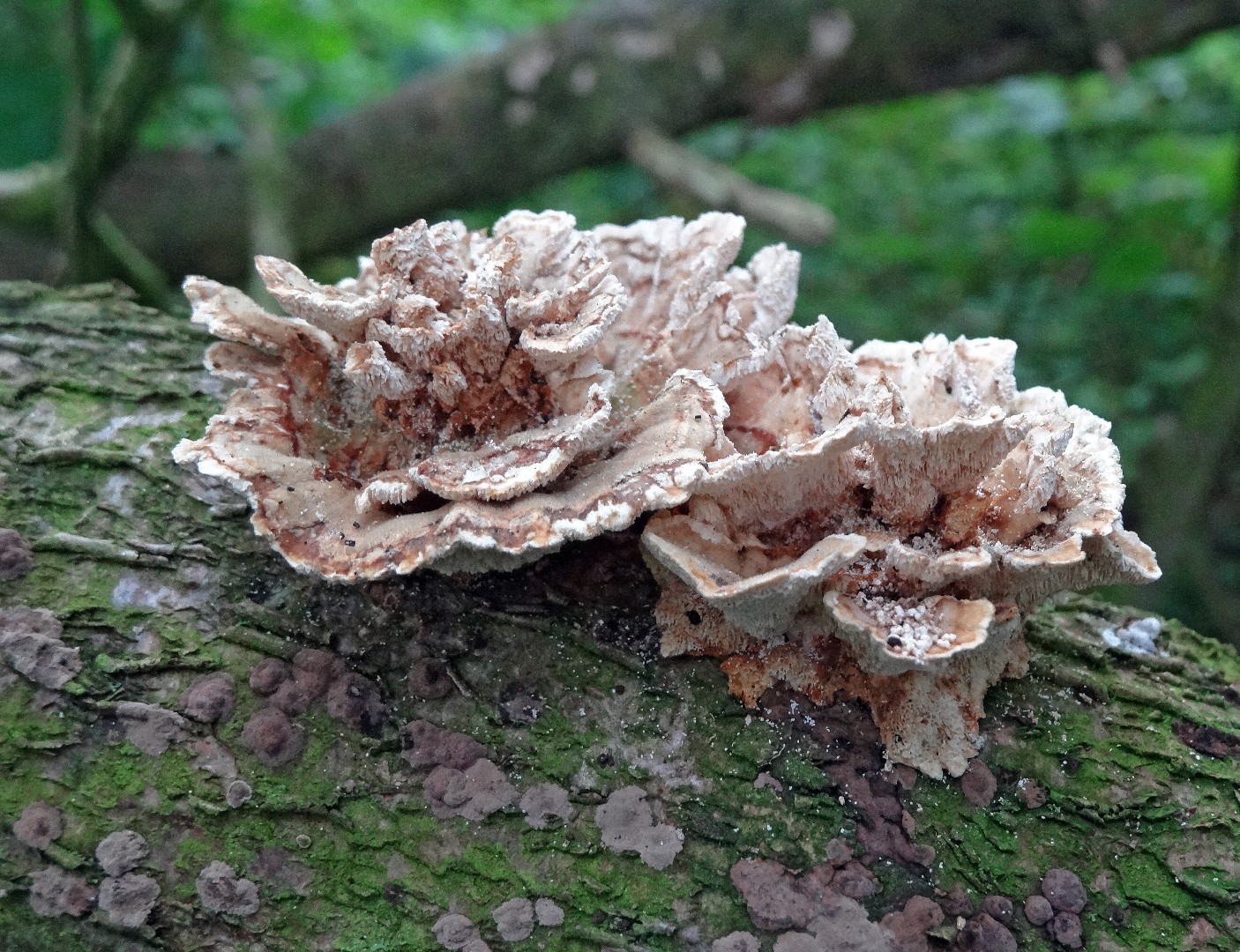Abortiporus
Scientific name: Abortiporus
Abortiporus
Scientific name: Abortiporus
 Photo By AJC1 , used under CC-BY-SA-2.0 /Cropped and compressed from original
Photo By AJC1 , used under CC-BY-SA-2.0 /Cropped and compressed from original Description
Abortiporus is known for its fascinating ability to change form during its growth, sometimes taking a rosette-like appearance. It typically inhabits decaying wood and plays an essential role in breaking down tough plant material. Some species produce a white or pinkish sensation on the surface, adding to their unique appearance. Abortiporus's impact is quite beneficial to the ecosystem as it helps recycle nutrients back into the soil.
Species of Abortiporus
Scientific Classification
Phylum
Club fungi Class
Mushroom-forming fungi Order
Shelf fungi Family
Meruliaceae Genus
Abortiporus